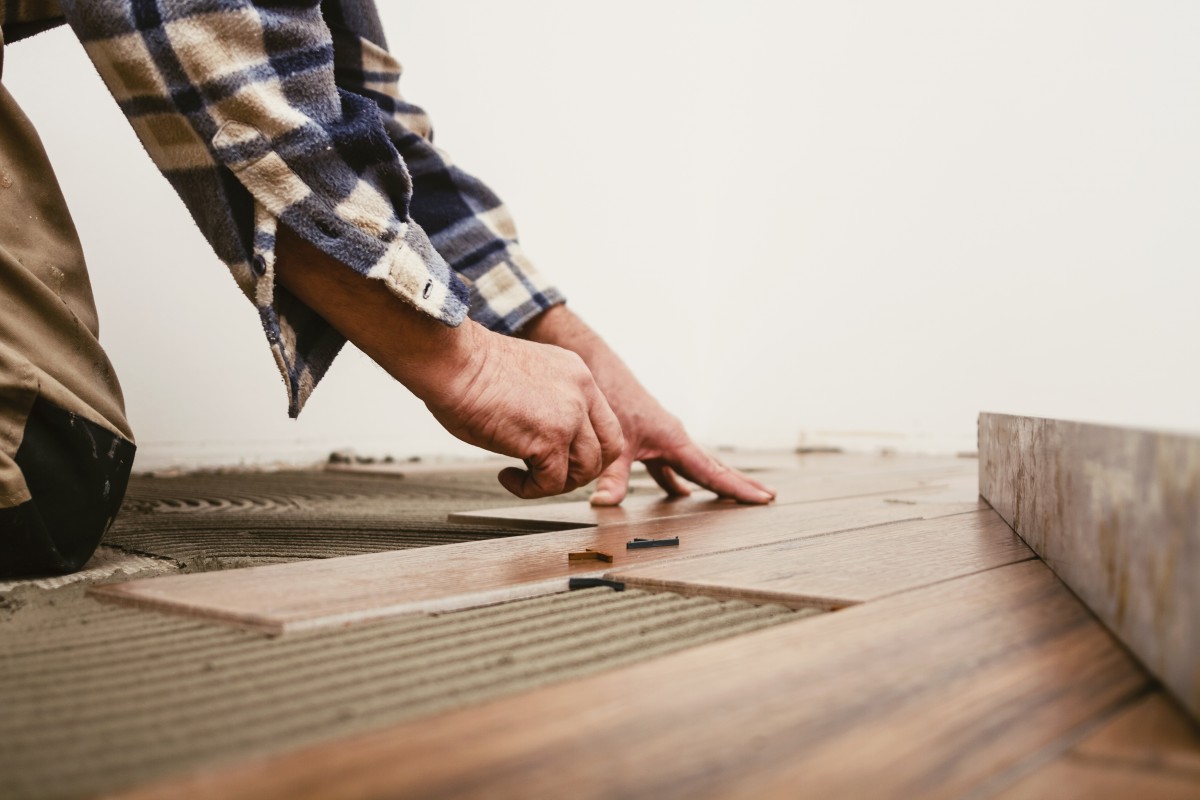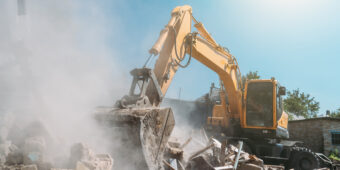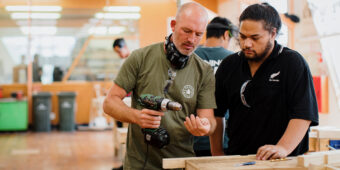Live and let dry
23 May 2018, Prove Your Know How, Technical

The pressure is on these days to get houses finished as quickly as possible. There can be big problems, though, if you put fixed floor coverings or membranes onto a slab before it is sufficiently dry. So, how can you tell when a slab is dry enough?
It’s not unusual for tiles, timber or vinyl flooring or waterproof membranes to be installed or applied to concrete slabs before the slabs are properly dry. The result can be bubbles forming and adhesion failing under vinyl sheet flooring, warping/rot in solid timber / timber composite overlay flooring, cracking in floor tiles, mould under loose-laid carpet – all expensive headaches.
Building Code Acceptable Solution E2/ AS1 says that concrete floors should have a relative humidity reading of less than 75% at the time of laying fixed floor coverings. NZS AS 1884:2013 Floor coverings – Resilient sheet and tiles – Installation practices requires the relative humidity to be 75% or less.
These are upper limits:
- Some flooring manufacturers require a maximum relative humidity figure below 75%.
- Because of the sensitivity of timber or wood-based flooring products to moisture, a maximum 70% relative humidity for timber floors is considered prudent.
A typical 100mm thick slab can take four months or longer to get to 75% relative humidity. A slab only begins to dry properly once the building is weathertight. Drying will be slower where there are lower air temperatures, higher humidity or little ventilation.
Using dehumidifiers, fans or heaters to try to dry the slab faster doesn’t work, as they only dry the surface.
Sometimes there is confusion between drying and curing – they are not the same. Curing is the chemical reaction that takes place when all the ingredients of concrete become bonded together, drying is where surplus water evaporates from a slab.
Drying normally takes much longer than curing. The amount of water needed to activate the chemical curing process is quite small. Most of the water in the concrete is there to allow it to be mixed, pumped and placed, and it is this water that must be allowed to evaporate from the slab.
Testing for humidity
E2/AS1 refers to testing with a hygrometer, while NZS AS 1884:2013 also covers humidity probes. Most hygrometers today give an electronic readout.
Hygrometers have an insulated box that must be sealed to the slab. Water vapour coming out of the concrete enters an opening in the bottom of the box – after 16 to 32 hours, the water vapour pressure in the box equals that in the floor and the relative humidity is shown.
More details on the process can be found in BRANZ Bulletin 585 Measuring moisture in timber and concrete.
Humidity probes are either embedded in the slab when the concrete is poured or inserted into a hole drilled in the slab. Probes may be more reliable than hygrometers, because the relative humidity is measured in the body of the concrete, not at the surface.
Several measurements should be made at different points in the slab – a single spot test isn’t good enough.
Once the slab is dry enough to lay flooring, let the flooring acclimatise in the space, so it is at the same temperature and moisture level as the room.
Open packets of timber or wood-based flooring and stack it, so air circulates around it. Let timber and wood-based flooring acclimatise for at least two days – some manufacturers may specify three days. Ideally, roll out vinyl flooring and leave it for two days so it can relax and reach room temperature.
© BRANZ Builders’s Mate Issue 85, August 2017
Register to earn LBP Points Sign in
3 Comments
Leave a Reply
You must be logged in to post a comment.




good quizz
good
good one learnt something here